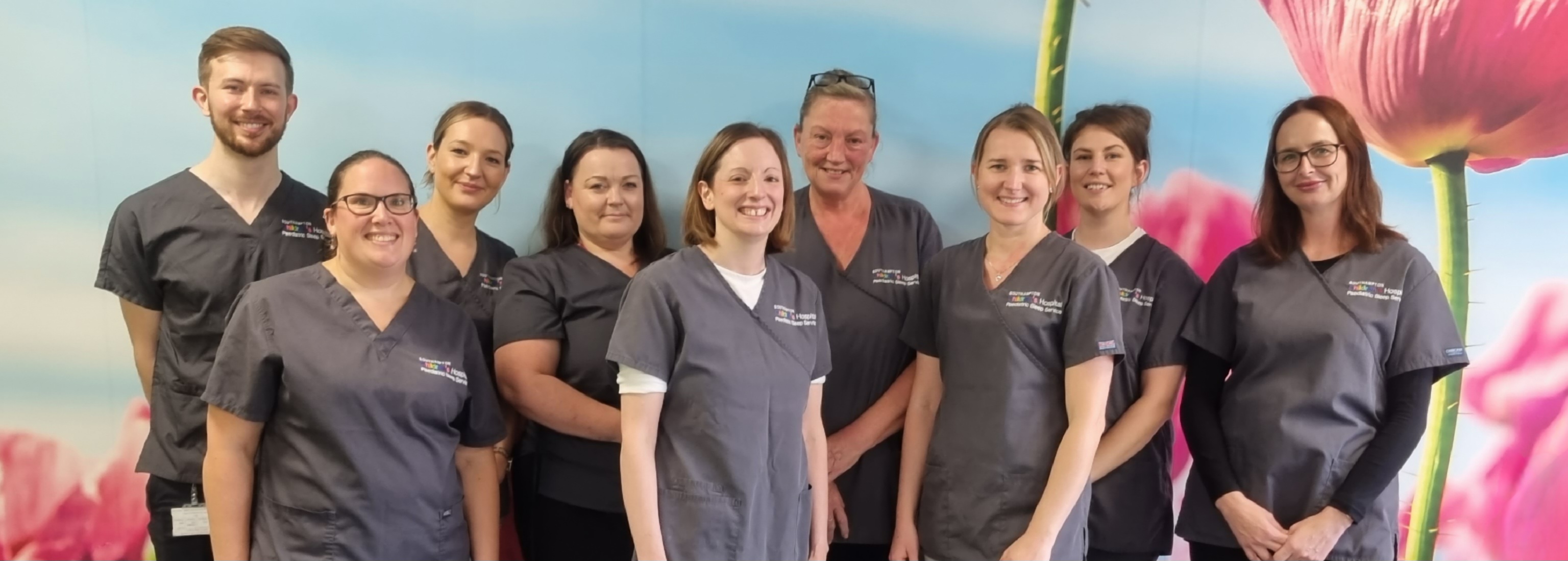What to expect from your child's respiratory sleep appointment

Inpatient study (in hospital)
On the day of your appointment
For children coming onto the ward for a sleep study, please call on the day to confirm that there is a bed available. Please call the paediatric medical unit (PMU) on 023 8120 6484 or 023 8120 6485.
Finding the PMU
Come into Southampton General Hospital through the main entrance, continue to the end of the corridor. Turn left to go into the East Wing and take the lift to G level. Turn right and continue along the corridor until you see signs for PMU.
Coming in to hospital
The study will start at 6.30pm, and finish the next morning at 6am. You can leave at 7am.
We have facilities for making hot and cold drinks, a microwave, toilets, and showers (these may not be en-suite). If you have any additional requirements, such as whether your child would prefer a cot or a bed, please call ahead and we will help as much as possible.
Food is not provided, but you are welcome to bring it with you. There is also a restaurant in the hospital on B level, open from 7.30am to 7.30pm, and other facilities on C level near the main entrance.
What to bring with you
It is important to bring anything that is part of your child's bedtime routine, such as a special pillow, blanket, book, or teddy. This will help us to create an environment as close as possible to the one your child has at home.
Please also bring with you:
- all your child’s medication
- any equipment your child needs overnight (such as a ventilator, the mask, tubing, feed pumps, etc)
- any toiletries (nappies, toothbrush and paste)
- pyjamas
What to expect from the study
We will take basic measurements such as height and weight. Medical doctors will examine your child and discuss your medical history to ensure that all the details we have are correct.
The sleep technician will go over admission paperwork and discuss overnight monitoring and usual bedtime habits.
During the sleep study we record the following vital signs:
- saturation levels - a small sensor wraps to a finger or toe
- carbon dioxide monitor - a small sticker is placed on your child’s chest, inner arm, thigh or forehead
- video recording - this is to monitor sleep movements and sounds
- ECG - heart rate and rhythm
- breathing - two sensors placed below and into the nostrils to pick up flow from the nostrils
- chest movements - soft and stretchy bands will be placed around the abdomen and chest.
Home clinics
Home clinics take place on Tuesdays and Thursdays, and alternate weeks on Monday, Wednesday and Friday.
Results
We need to do an in-depth analysis of the information collected at the sleep study. This means that it can take six to eight weeks after the study for a letter to be received by yourself, the referrer and/or your GP. The study must be analysed and reviewed at a multidisciplinary meeting.